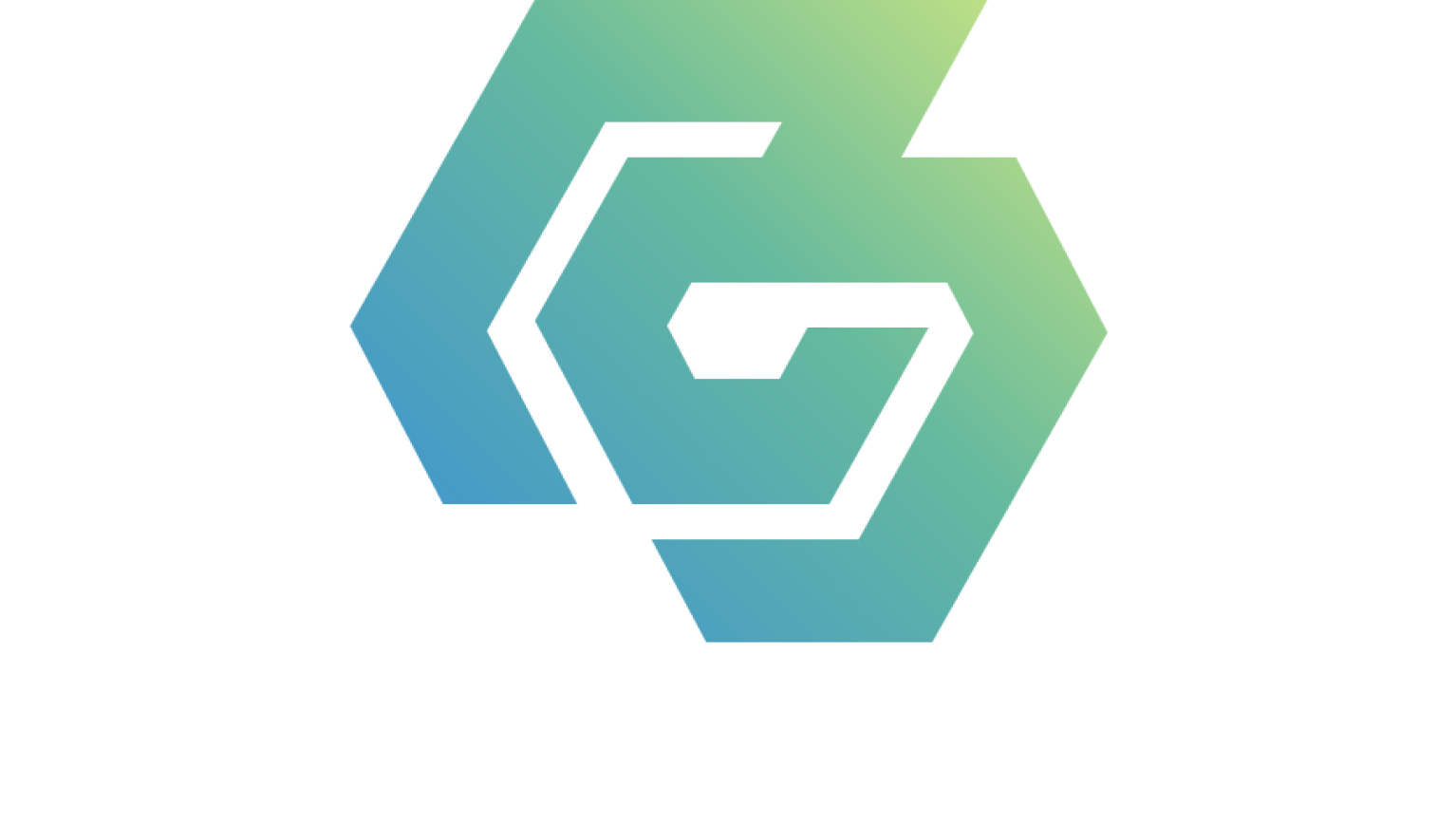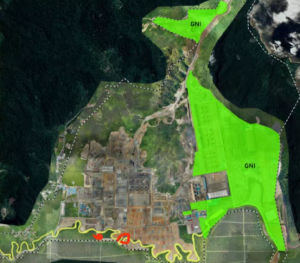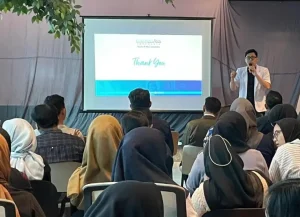President Jokowi stated that the downstream program of natural resources is a golden gate for the Indonesian nation. Through the downstream program, this nation can realize the ideals of a Golden Indonesia in 2045.
According to the Head of State, Indonesia will continue accelerating the downstreaming program to accelerate economic growth, providing maximum value-added for the nation and state. In the future, there may no longer be exports of raw materials, but only finished products and at least semi-finished products.
"Downstream is the golden gate to realize a Golden Indonesia in 2045," said the President in a meeting with 18 chief editors of national media at the State Palace, Jakarta, Wednesday (19/01/2022).
Accompanied by Minister of State Secretary Pratikno and Head of the Press, Media and Information Bureau of the Presidential Secretariat Bey Tiadi Machmudin, the President explained about the handling of the Covid-19 pandemic, Indonesia's position as the G20 Presidency, IKN, and the government's success in restoring the economy and carrying out economic transformation.
The President is confident that downstreaming in the fields of mining, oil and gas, plantations, and agriculture, The GDP of Indonesia will increase. The manufacturing sector led to a 38.3 percent increase in exports in 2021. With downstreaming, nickel exports jumped from US$ 1.1 billion in 2014 to US$ 20.9 billion in 2021.
Currently, there are several types of nickel processed products in Indonesia, namely nickel pig iron (NPI), ferronickel (FeNi), Ni-matte, mixed hydroxide precipitate (MHP), mixed sulfide precipitate (MSP), and stainless steel (stainless steel).
Soon, cathode material, nickel sulfate, and pure nickel will also be produced. The supplies of saprolite nickel ore, which is used in almost all of these goods, have been drastically depleted.
According to the President, the government continues accelerating downstreaming efforts to provide more benefits for the country. In addition to labor absorption, downstream industries impact state income in the form of taxes and increase foreign exchange.
After successfully stopping nickel ore exports as of January 1, 2020, Bauxite exports will cease at the end of 2022, per a directive from President Jokowi. Not only bauxite, but the President also asked Indonesia to stop exporting copper concentrate to tin in the future.
4% World Reserves
According to Ministry of Energy and Mineral Resources data, Indonesia's bauxite reserves amount to 1.2 billion tons or 4% of the world's bauxite ore reserves of 30.39 billion tons. The owners of the world's largest bauxite ore reserves are Guinea with 24%, Australia with 20%, Vietnam with 12%, Brazil with 9%, and Jamaica with 7%.
Indonesia no longer exports raw resources due to the result of the downstreaming strategy; instead, it must first add value before exporting finished goods. The Ministry of Energy and Mineral Resources revealed that nickel ore exports reached 30 million tons in 2019, increasing to 36.36% from the previous exports of 22 million tons.
To accelerate downstreaming and increase added value, the government also encourages business entities to increase the capacity of processing and refining facilities (smelters). The government has targeted the construction of 53 smelters by 2024, with 20 For of them operating until 2021.
For nickel mineral commodities, downstreaming efforts include processing nickel ore into ferronickel, stainless steel slabs, steel sheets, and the primary material for lithium batteries.
On December 27, 2021, President Jokowi inaugurated a smelter belonging to PT Gunbuster Nickel Industry (GNI) in North Morowali Regency, Central Sulawesi. The inauguration ceremony was held in Konawe Regency, Southeast Sulawesi. smelter bijih nikel milik PT Gunbuster Nickel Industry (GNI) di Kabupaten Morowali Utara, Sulawesi Tengah. Acara peresmian digelar di Kabupaten Konawe, Sulawesi Tenggara.
According to the President, the existence of the smelter with a production capacity of 1.8 million tons per year will increase the added value up to 14 times compared to nickel raw materials.
"I appreciate the construction of a smelter by PT Gunbuster Nickel Industry. It will provide a lot of value-added. The value-added from nickel ore that is processed into ferronickel grows 14 times, and the value will increase 19 times from nickel ore that is processed into billet stainless steel," said the President as quoted from the setkab.go.id.
The President explained, based on a report submitted by Coordinating Ministry for the Economy Affairs Airlangga Hartarto, that the export value of stainless steel in 2021 will soar by around US$ 20.8 billion. “Usually, if we export raw materials, it is only US$ 1-2 billion. It is a huge leap,” he said.
Downstreaming of industry, according to the Head of State, not only generates taxes for the state, but also encourages job creation and brings in large amounts of foreign exchange. For example, a smelter that employs 27,000 people. smelter PT Gunbuster Nickel Industry Smelter yang mempekerjakan 27.000 orang.
RI's Nickel Potential
Based on data from the Investment Coordinating Board (BKPM), Indonesia has 30% of the world's nickel reserves, which are 21 million tons. Nickel can be found in various areas, such as East Halmahera in North Maluku, Morowali in Central Sulawesi, Obi Island in North Maluku, and Gag Island in the Raja Ampat Islands.
Laterite nickel ores (limonite and saprolite) are widely used in Indonesia's nickel industry. The amount of raw materials is very abundant. This condition is the reason for developing electric vehicle battery industries of the NCA (nickel cobalt aluminum oxide) and NMC (nickel manganese cobalt oxide) types.
Four SOEs, namely PLN, Antam, Inalum, and Pertamina formed the Indonesia Battery Corporation (IBC) to support the government's efforts to increase the added value of more strategic mineral commodities. IBC opens opportunities for collaboration for downstream sector projects based on profitability. Cooperation includes market access capabilities and funding to develop mineral production from company reserves.
In addition, IBC participated in nickel downstream efforts by building a smelter in East Halmahera called Haltim. smelter has a production capacity of 13,500 tons of nickel in ferronickel (TNi) per year.
Electric Batteries
To increase the added value of nickel, the Indonesian government has signed a memorandum of understanding (MoU) with LG Energy Solution regarding the electric vehicle battery factory project in 2020. With an investment value of US$9, 8 billion, or around Rp142 trillion, the business is devoted to investing in the battery sector from upstream to downstream.
The facility is designed to combine every step of the battery supply chain, including mining, smelting, precursor manufacturing, cathode manufacture, and recycling facilities. The whole infrastructure for it will be constructed in Indonesia.. According to the Memorandum of Understanding (MoU) signed by the government and LG, 70% of the nickel required to make electric car batteries must be processed in Indonesia.
Another investor who plans to invest in the electric vehicle battery industry is Contemporary Amperex Technology (CATL). The company plans to invest US$ 5 billion or equivalent to Rp 70 trillion for the construction of a lithium battery factory in Indonesia. The government will require CATL to process 60% of the nickel used to produce electric vehicle batteries in Indonesia.
The successful downstreaming of nickel in 2021 will be followed by downstreaming of bauxite in 2022 and copper in 2023. Downstreaming is one part of the economic transformation. Indonesia transitioned away from commodity exports and toward exports of high-value-added manufactured products. The President mentioned the change from a consumption-based to a production-based economy as another economic transition. More often than not, Indonesia has been a consumer country than a producer.
Editor : Abdul Aziz (abdul_aziz@investor.co.id)
This news can be viewed on Media Investor.




